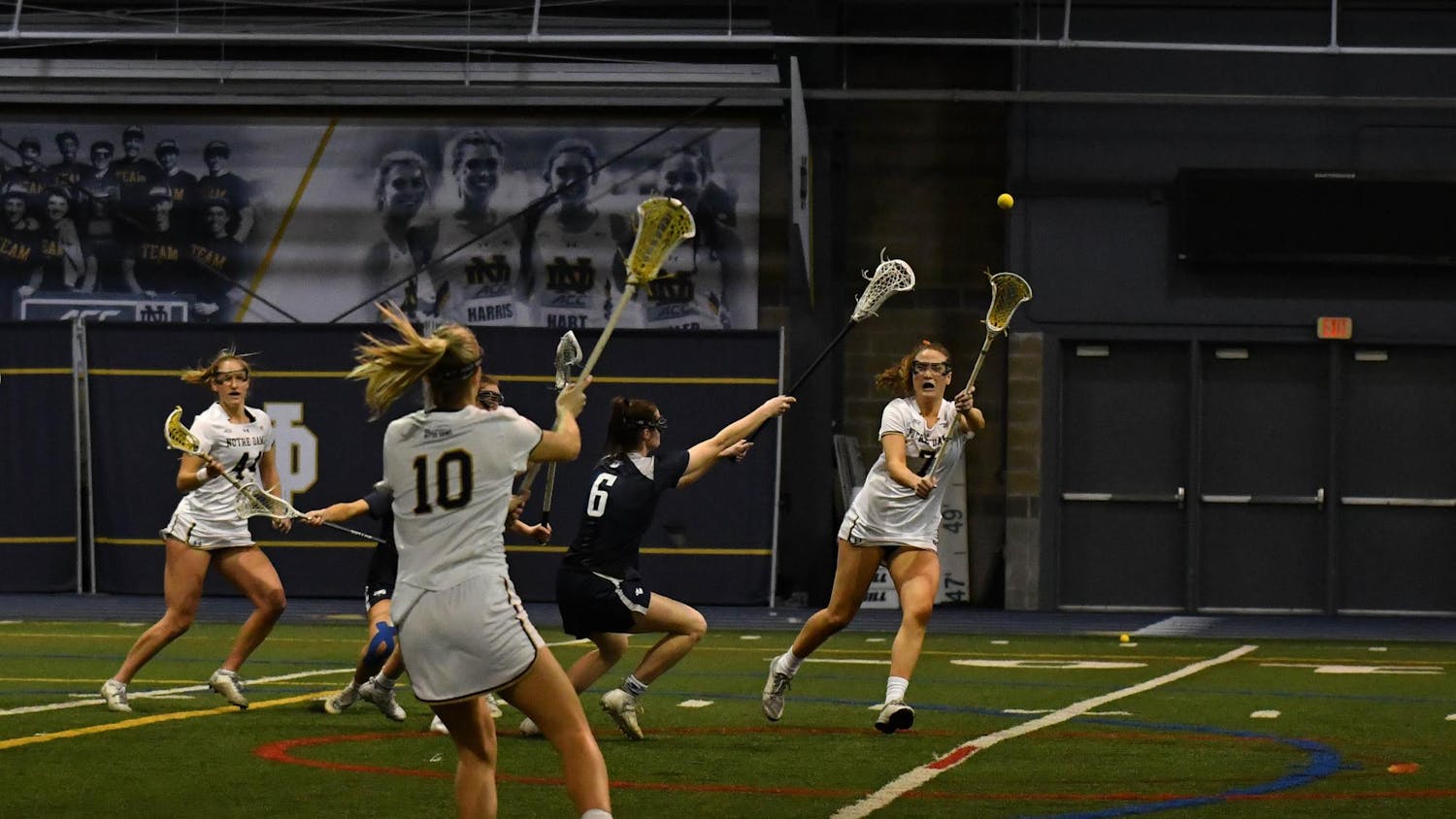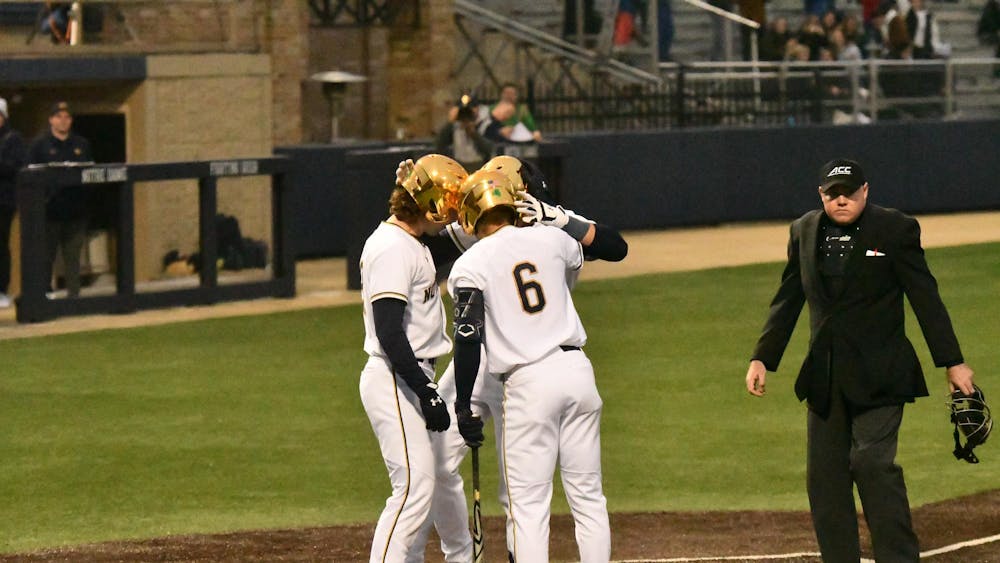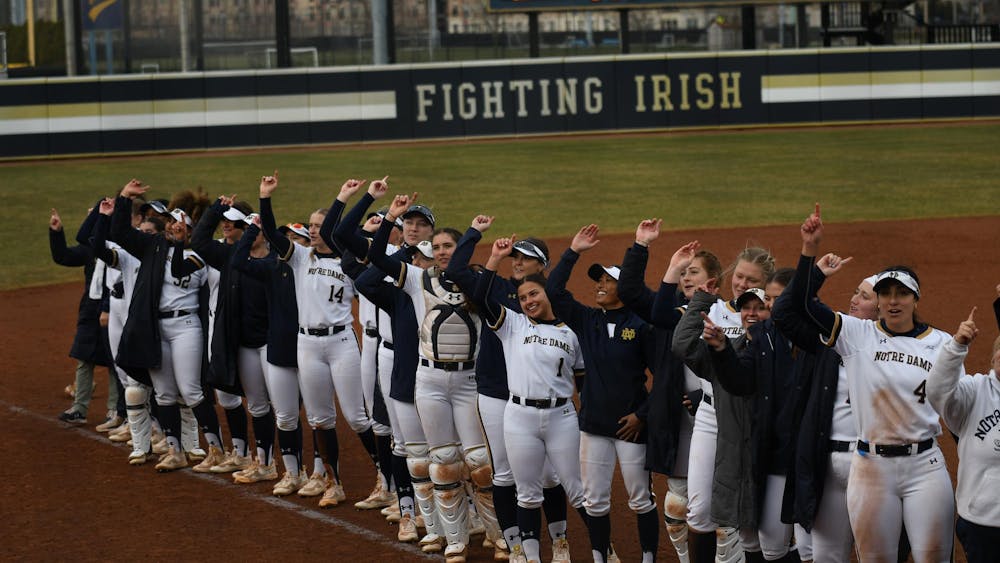For modern day sports teams, the past is an inexorable part of the present. Quarterbacks watch film of opponents previous games to discover tendencies, managers analyze hitters’ history against a certain pitcher while deciding whether to pencil him into a lineup and general managers examine previously signed contracts to use as precedent in new negotiations. Beyond all of this daily minutia, however, is a greater sense of connection to the past that informs on how a team is run, cheered for and discussed. Tradition is the intangible thread that ties together a team, its fans and its city.
Traditions can be fun, like the ridiculous sausage races around the stadium at Milwaukee Brewers’ home games. They can be annoying, like the deafening Tomahawk Chop chant constantly done at Florida State, Atlanta Braves and every-other-team-with-a-Native-American-mascot game. It doesn’t matter if they’re relatively new or centuries old, if they’re pre-game, postgame or during the game, or even if they have a point. The only criterion is that the action, cheer, whatever, has become so entrenched into a team’s identity that there would be something missing without it.
Some traditions stand out above the rest and define their teams in crystalline fashion. The best in all of sports?
The Haka, New Zealand All Blacks:
The scariest tradition on the list by far, the Haka is an intimidating Maori war dance the All Blacks perform prior to their matches. Combining primal yelling with fierce stomping and pounding, the dance celebrates the rich Maori heritage of New Zealand. While the All Blacks may not use the Haka to prep for literal war, it still has the same effect, pumping up supporters while making opponents regret even showing up. The type of Haka preformed by the All Blacks, “Ka Mate,” is toned down from the traditional war chants, but is still terrifying enough to have been criticized by some as unsportsmanlike intimidation.
The Lambeau Leap, Green Bay Packers:
As much as I hate to say it as a Bears fan, I have to give the Packers credit for the Lambeau Leap. After most touchdowns at home, the scoring player eschews individual celebration in favorite of taking a running jump into the stands to celebrate with the elated Green Bay fans. Started by safety LeRoy Butler in 1993, the Leap may not be oldest tradition, but it showcases the bond between team and fans so well that its age doesn’t matter. It’s fitting that the only team that fans can buy a stake in has a tradition that gets fans and players so close together. Still in its youth, this is a tradition I doubt we’ll ever see the end of.
“Jump Around”, University of Wisconsin-Madison:
Another new tradition, the playing of “Jump Around” between the third and fourth quarter at Wisconsin’s Camp Randall Stadium, may not sound that unique at first. The Badgers fans, however, have taken ownership of this widely loved song by turning it into a beacon of their enthusiasm and love for their football team. While the song plays, the student section leads the stadium in jumping and dancing so violently that the stadium literally shakes. Officially, the tradition began in 1998, when the song and fans’ reaction inspired Wisconsin to rally and beat Purdue after being held scoreless the first three quarters. In 2003, school officials were so worried about the tradition’s tendency to cause minor earthquakes that they cancelled the playing of the song while the stadium’s skyboxes underwent construction. Fans, however, had become so attached that they launched a protest. Officials soon relented, and Camp Randall has been rocking ever since.
These traditions are just a few of the many that are an integral part of the sports landscape. From “Play like a Champion Today” to “Take Me Out to the Ball Game,” it’s impossible to name them all. The best thing about traditions? Between new ones popping up constantly and no expiration date on past ones, we’ll never run out of ones to enjoy.













